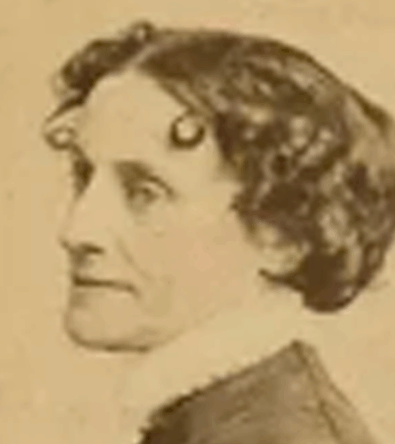Civil War Spy: The Southern Belle Who Took Down the Confederacy
Elizabeth Van Lew, a true southern belle who was living a monied life in the City of Richmond, Virginia, was a staunch supporter of the Union Army. She became one of the Union’s most gifted and...


